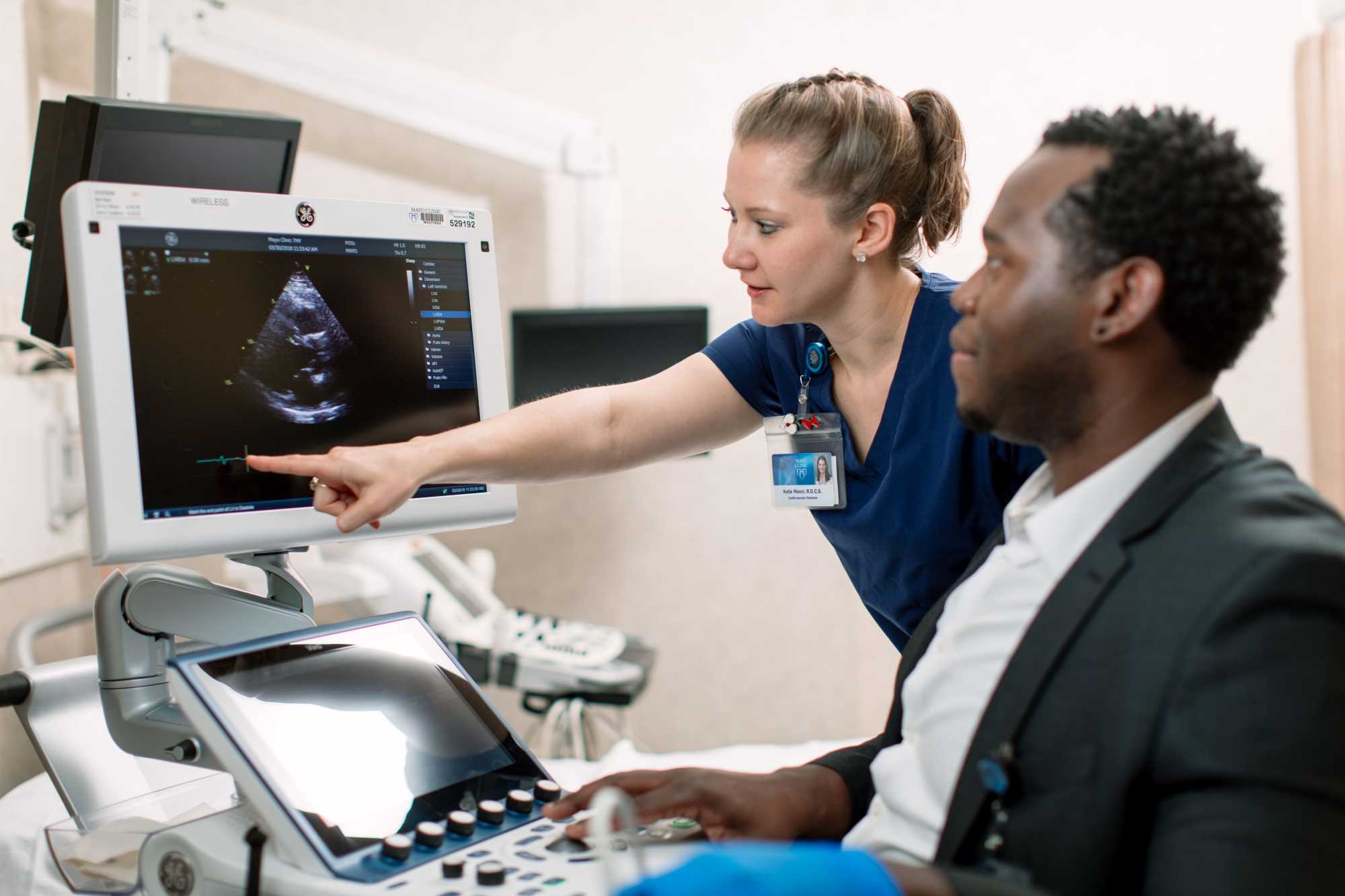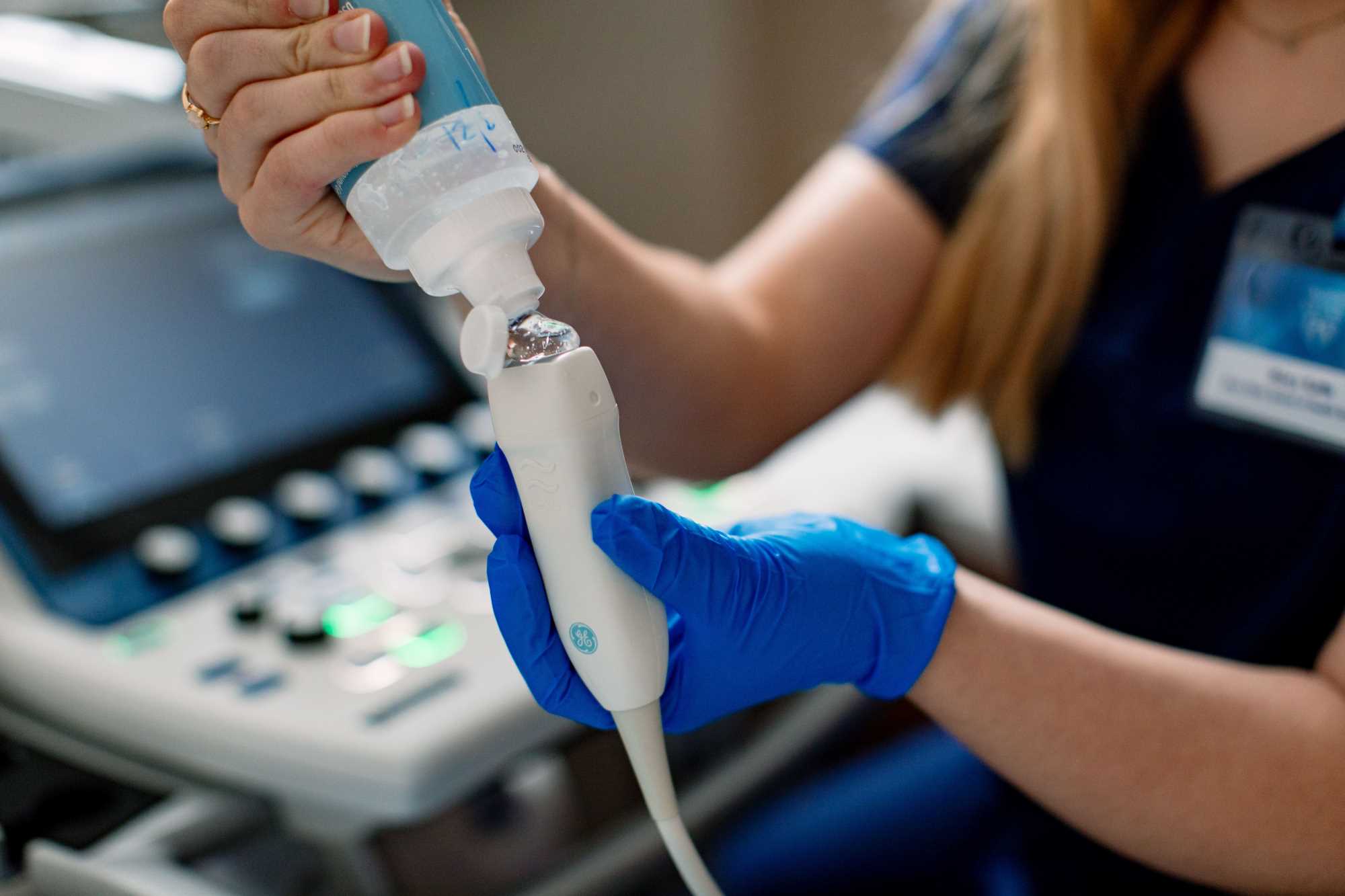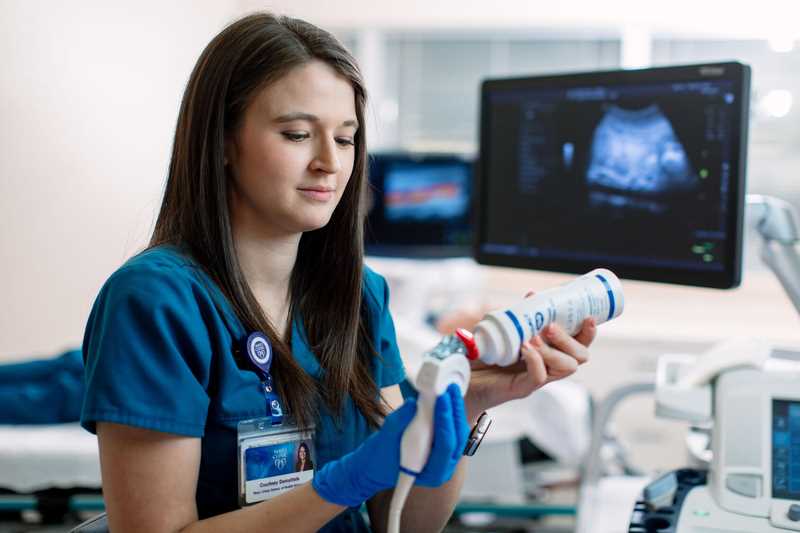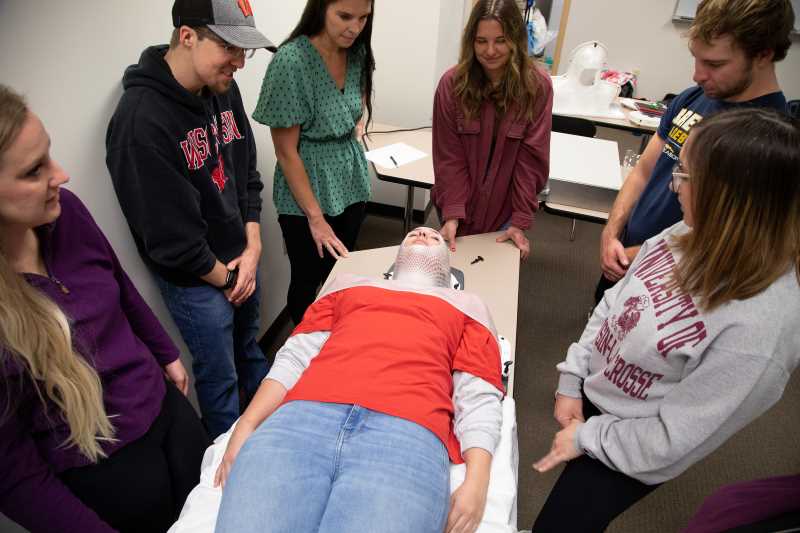Back to program
You're viewing a concentration/emphasis within Radiologic Science
Diagnostic Medical Sonography-Echocardiography program
Use ultrasound to find heart conditions
Are you interested in using ultrasound to help detect heart disease and other issues with the heart?
Cardiac sonographers, or echocardiographers, are healthcare professionals who can help physicians diagnose these issues by creating an echocardiogram, also called a heart ultrasound or sonogram.
UWL students in the Diagnostic Medical Sonography program can choose the Echocardiography emphasis to specialize in this area. Diagnostic Medical Sonography is an undergraduate major that is nationally accredited and offers hands-on experiences with clinical rotations at reputable, regional healthcare centers including UW Health and Mayo Clinic Health System.
photos courtesy of Mayo Clinic Health System
Career opportunities
Cardiac sonographers work independently while also serving on a team with radiologists and nurses. They work in the Radiology Departments of hospitals and clinics, emergency rooms, surgery suites, medical laboratories, industry, public health and other locations.
Medical diagnostic sonographers work full or part time during the day, evenings or weekends (depending on shift assigned) and earn approximately $80,000/year.
What distinguishes UWL’s program?
After students complete their pre-professional and general education courses at UWL, they attend UW Health or Mayo Clinic for a 21-month program of specific didactic courses and clinical experiences.
Graduates of the program are eligible for certification through the American Registry of Diagnostic Medical Sonography (ARDMS).
The general sonography curriculum stresses anatomy, physiology, hemodynamics and pathology. In addition to anatomy, the knowledge of ultrasound physics is also critical to the performance of ultrasound examinations and the generation of diagnostic medical images.
While associate’s degrees are also available for Diagnostic Medical Sonography, a bachelor’s degree offers more opportunity for career advancement because of the rigorous and broad foundational courses.












